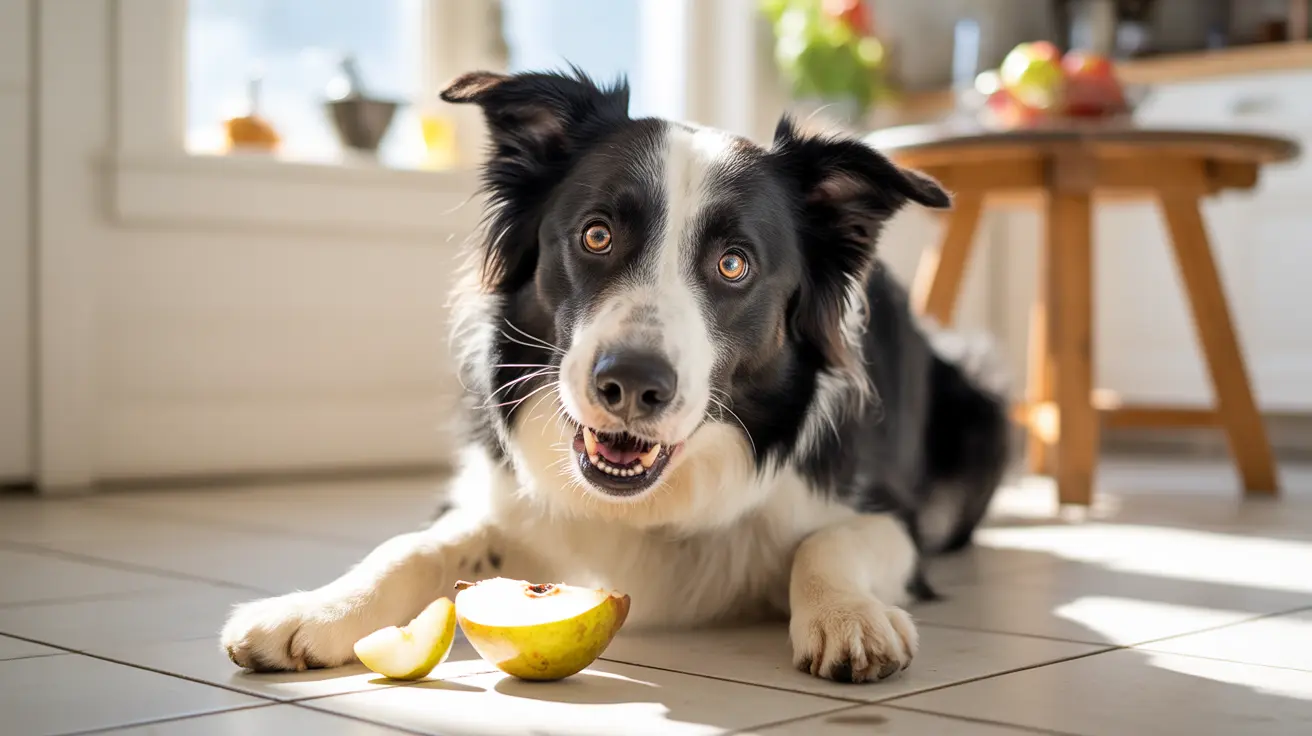Can Dogs Eat Sweet Potato Fries? A Detailed Guide for Pet Owners
If you've ever wondered whether it's safe to share your sweet potato fries with your dog, you're not alone. Many pet owners want to treat their furry friends but worry about potential health risks. Let's break down what you need to know about dogs and sweet potato fries, using only the facts from our trusted corpus.
The Nutritional Value of Sweet Potatoes for Dogs
Sweet potatoes are a nutritious food for dogs when they're cooked plainly. They contain fiber, vitamins A, B, and C, potassium, antioxidants like beta-carotene, calcium, and manganese. These nutrients can support your dog's immune system, help maintain healthy skin and fur, promote good eyesight, and aid in digestion.
- Fiber: Supports digestive health
- Vitamins A, B, C: Boosts immunity and promotes healthy skin/eyes
- Potassium & Calcium: Essential minerals for body functions
- Antioxidants: Help reduce inflammation and protect cells
The Risks of Store-Bought or Fried Sweet Potato Fries
Most sweet potato fries made for humans aren't ideal for dogs. They're often deep-fried (which adds a lot of fat), heavily salted, or seasoned with ingredients like garlic or onion—both of which are toxic to dogs. High fat content can lead to obesity or even pancreatitis in some cases. Too much salt can cause high blood pressure or salt poisoning. Symptoms of salt poisoning include vomiting, diarrhea, loss of appetite, and unsteady movement; if you notice these signs after your dog eats salty fries, contact your vet immediately.
- Avoid fries with added flavors (especially garlic and onion)
- Skip commercial fried varieties—they're too fatty
- Watch out for excess salt: it can be dangerous
The Right Way to Serve Sweet Potato Fries to Dogs
If you want to let your dog enjoy sweet potato fries safely, make them at home. Here's how:
- Peeled sweet potatoes are best—peeling helps prevent upset stomach or choking.
- Cut into small pieces if your dog is small (to reduce choking risk).
- Bake instead of frying; use minimal oil (coconut oil or extra virgin olive oil in tiny amounts is okay).
- No added salt or seasonings—dogs don't need them.
- Treats should be less than 10% of daily calories to avoid weight gain.
You can also find commercial single-ingredient sweet potato treats made just for dogs; these are generally safe since they're plain and baked or dehydrated.
A Simple Dog-Friendly Sweet Potato Fry Recipe
- Peeled one large sweet potato; cut into quarter-inch strips.
- Soak strips in cold water for about 10–15 minutes; drain well.
- Toss with a tiny amount of melted coconut oil or extra virgin olive oil (optional).
- Bake at 425°F for about 20–40 minutes; flip halfway through.
- Let cool before serving; store leftovers in an airtight container in the fridge up to five days.
If you want a nutritional boost without salt or pepper, sprinkle a little nutritional yeast on top—it's safe for dogs and adds flavor.
Cautions: When Not to Give Sweet Potato Fries
Avoid giving raw sweet potatoes: they're tough to chew/digest and may cause blockages. Always cook until soft. For diabetic dogs or those with special health conditions, talk with your vet before introducing new foods like sweet potatoes—carbohydrates can affect blood sugar levels.
The Bottom Line: Occasional Treats Only
Sliced plain sweet potatoes—baked without added fat or seasoning—make a healthy occasional treat. But deep-fried or heavily seasoned human-style fries should be avoided altogether. Moderation is key: keep treats under the recommended daily limit so your dog stays happy and healthy!





